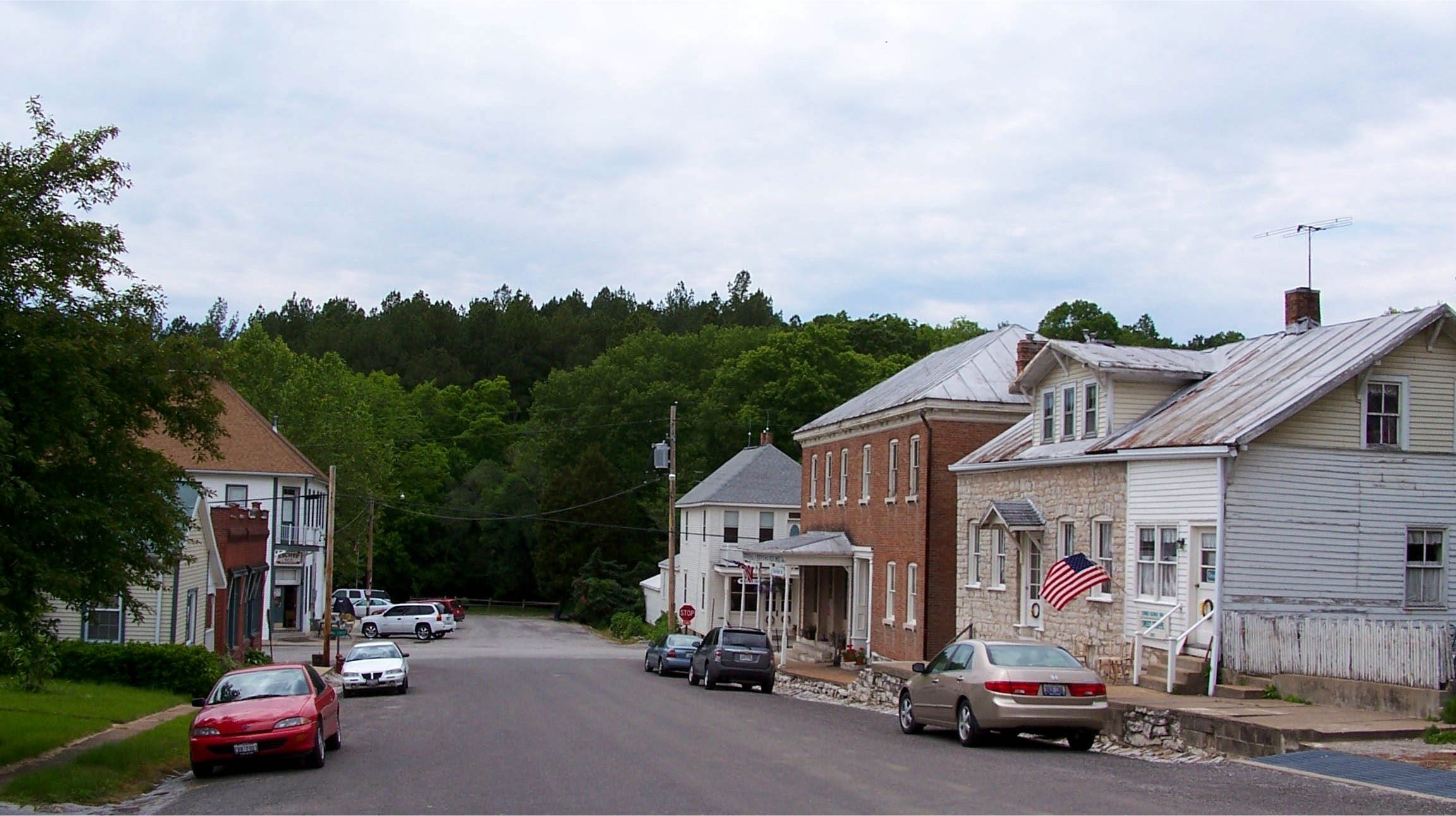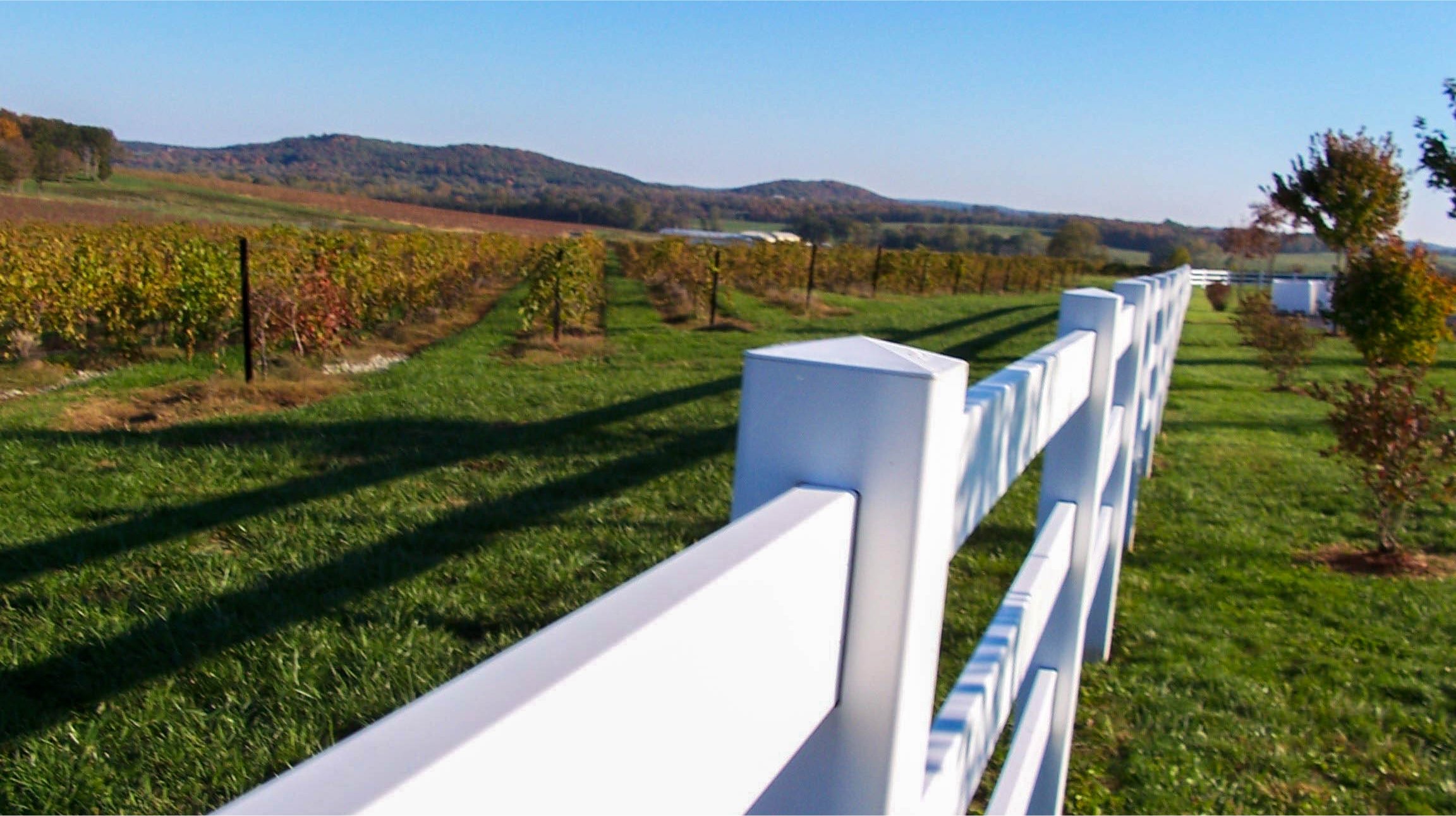602 Fulton Street
Belleville, Illinois
618-234-0600
The Emma Kunz House was built about 1830 by Conrad Borman, a local brick contractor, and is the earliest dated Greek Revival house in the Belleville area and possibly in the state of Illinois. Although the house seems small by today’s standards. it was considered a substantial house when it was built. The original location of the house was on Washington Street and in 1972 the house was slated to be demolished to make way for a parking lot. The owners agreed to donate the house to the St. Clair County Historical Society and the house was relocated to its present location. The house is named after Emma Kunz, the last resident of the house, who lived here for 77 years. The house is modeled after the ‘German street homes’ that were common in Europe and had no front yard. Originally the house was a two-room building but was later enlarged to its present size and has a hallway, parlor, dining-living room, bedroom, kitchen, and keeping room. The house had no front yard in its original location.
The occupants of the home were primarily working class people and the Historical Society has furnished the home in the style of a mid 19th century working class family. When a visitor enters the house the front hallway is framed by glass around the door, which indicates that the house was extraordinary for its time as glass was rare and had to be imported from the East Coast. The parlor was the most formal room in the house and was used mainly for special occasions. The parlor has a wood-burning fireplace with a mantle displaying pewter items and a horsehair sofa and a horsehair rocker, both of which have been cut low to allow for hoop skirts. The area rugs are braided and can be seen throughout the house. The dining-sitting room was the all-purpose room of the house and was used for eating, entertaining, and reading and studying. In the fireplace is a variety of cast iron cooking implements including a Dutch oven on a stand with legs. The dining-sitting room contains several nice pieces of mid 19th century furniture including an 1830 walnut cupboard with period china, an 1860 walnut drop leaf table with a hand loomed table cover, and a pine writing table with period artifacts.
The kitchen is well furnished with an 1873 cast iron cook stove complete a coal bucket and shovel and an interesting array of cast iron utensils including a waffle iron, pot pusher, and doughnut mold. The 1840 worktable is made of pine with crossbuck legs and is now used to display a variety of kitchen utensils that were commonly used in routine meal preparation. The dry sink, made of pine and painted, was a common feature in German communities before the advent of indoor plumbing. At the back of the house is a small room called the buttery or keeping room and was used to prepare and store food, bathing, and washing clothes in cold weather. A pine pie pan safe, with designs pierced in to the tin panels, shows off a form of period folk art. Out the back door is a brine barrel used to cure meats and a corn drier hanging from the rafters. There is one bedroom in the house and the feature of this room is the 1830 cannonball trundle bed. Grooves in the pine floor, which are original to the house, show where the trundle bed was pulled out at night. An 1840 walnut armoire holds the Society’s collection of handmade quilts and hand woven coverlets.
The Emma Kunz House is an excellent way to experience the lifestyle of a typical 19th century working class family. The St. Clair County Historical Society also operates the Victorian Home Museum which illustrates the lifestyle of a more prosperous Victorian family.
Visiting the Emma Kunz House
Visiting Hours
Memorial Day Weekend through Labor Day Weekend
Open Daily: 9 am to 4 pm
Off Peak Hours
Wednesday - Sunday: 9 am to 4 pm
Closed on Major Holidays
An admission is charged to visit the Emma Kunz House.
Explore the community of Belleville, Illinois area.
stcchs.org - is the official website of the St. Clair County Historical Society with information on the Victorian Home Museum, the Emma Kunz House, historical and genealogical research, and other information about the Society and its activities.














